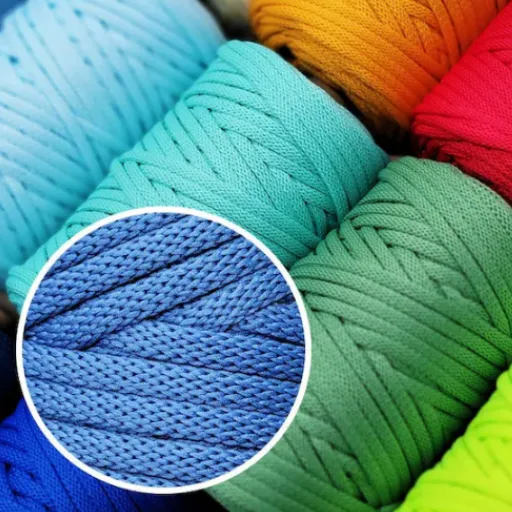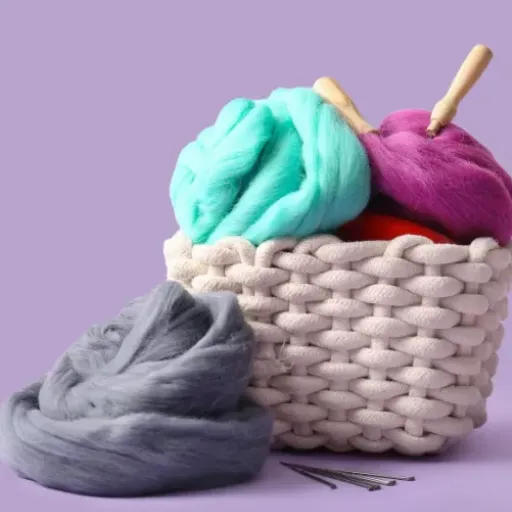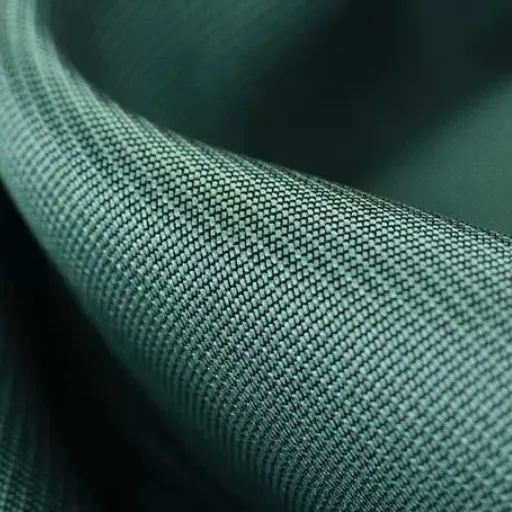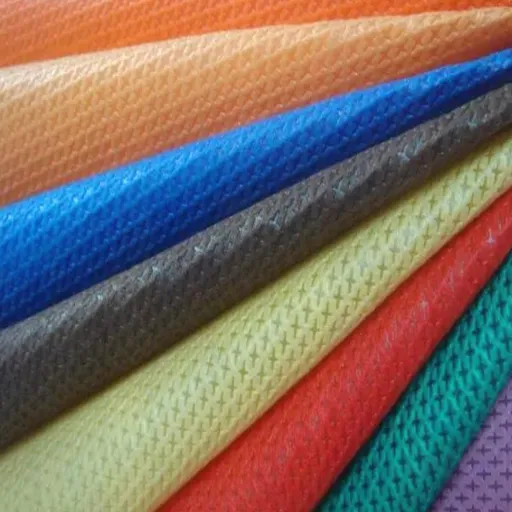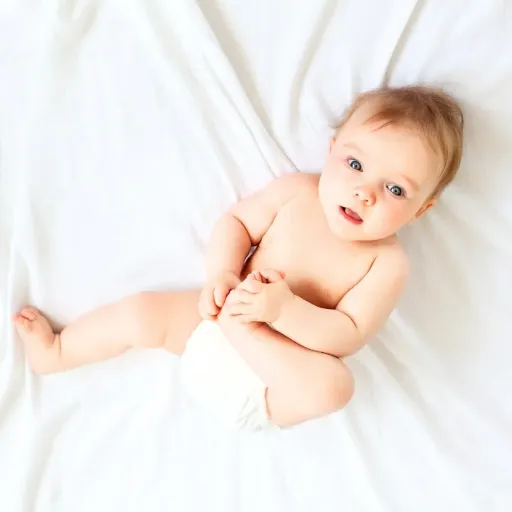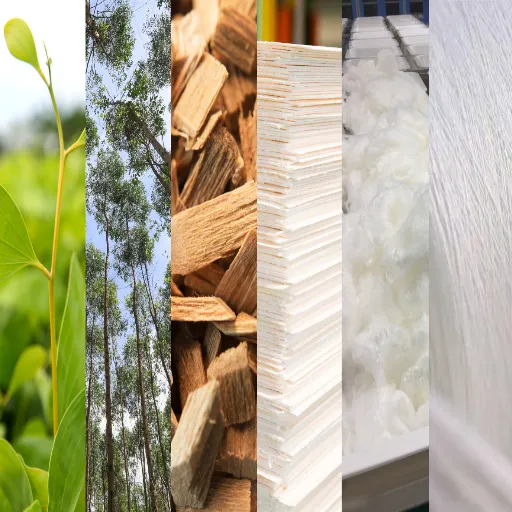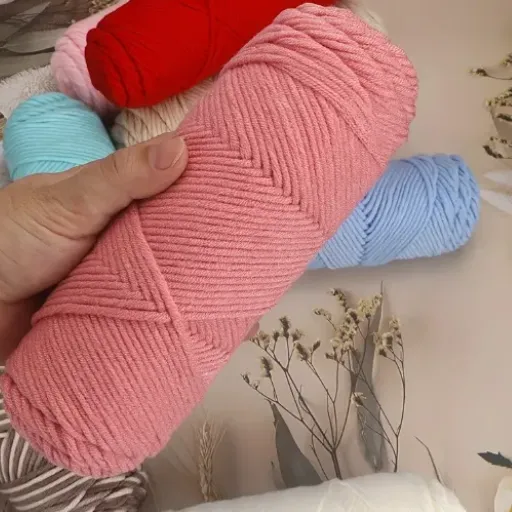Rayon, also known as viscose fiber, is one of the most versatile and widely used fabrics globally. The silky texture, breathability, and affordability make the fabric a comfort and style set that seamlessly blends natural and synthetic materials, offering a unique blend of comfort and style. But what is the special nature of viscose, and how does it make it stand out against other kinds of materials? This post delves into the world of viscose, tracing its origin, examining its characteristic features, and exploring why it is increasingly gaining popularity in fashion and end-use applications. Whether you are a designer, a curious consumer, or a job applicant seeking an informed understanding of garments, this article will provide valuable insights into appreciating and understanding this unusual material. Stay with me while we trace the elements of viscose in a typical worldwide wardrobe.
Definition and History of Viscose Fibre
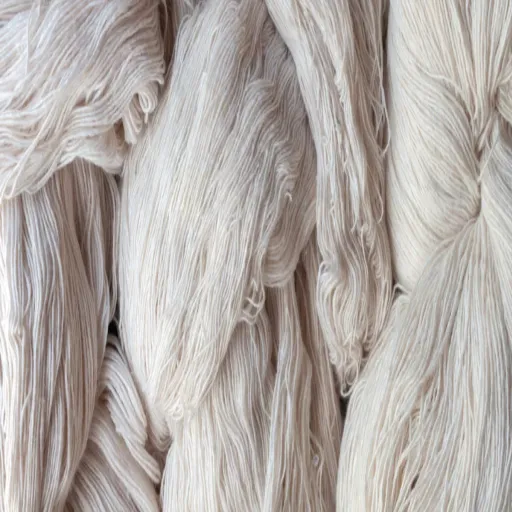
Viscose, rayon, or artificial silk is a kind of semi-synthetic fiber obtained by a process that converts wood pulp mainly into cellulose. Viscose was invented in the late 19th century as a less expensive alternative to silk, offering a soft texture and a shiny finish. The production of the fiber involves treating cellulose chemically so that it can be converted into a fiber used for weaving into textiles. Since its first commercial production in 1905, viscose has gained rapid popularity due to its adaptability and relatively low price in the textile industry.
The Evolution of Rayon
Rayon, called “artificial silk” by many, has come a long way since its creation toward the end of the 19th century. While early rayon methods were praised for their attempts to achieve a luxurious feel and appearance akin to natural silk at a lower cost, the chemicals used were highly toxic, including carbon disulfide, which posed a substantial environmental and health problem.
While these problems came to light, the textile industry has been leveraging modern technology to find better solutions. Closed-loop systems in production are now widely used, capturing and reusing hazardous chemicals within the production process, thereby significantly minimizing waste and pollution. There are further efforts by producers to use organic solvents and renewable raw materials, such as wood pulp from certified, sustainably managed forests.
Today, rayon still enjoys great flexibility as a substrate for apparel and home textiles, therefore standing for innovation and sustainability in the industry. The evolution being witnessed is a testament to the rapid development of technological advancements and the growing consumer demand for eco-friendly options, shaping the future of textiles.
How Viscose Fabric is Made
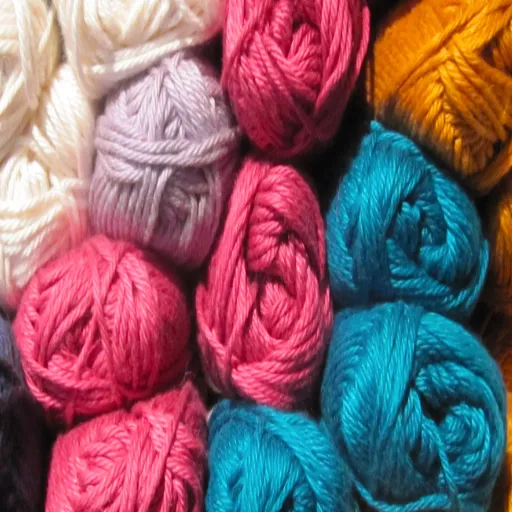
From the extraction of cellulose from wood pulp, usually from trees like beech, pine, and eucalyptus, the process of making viscose starts. The wood pulp is first treated with chemicals to depolymerise it into a slurry. Afterward, the slurry is aged, pressed, and then remixed with chemicals to produce a viscous solution, which gives the fabric its name. The viscous solution is then filtered to remove impurities and forced through spinnerets into a chemical bath, where it solidifies into fibers in the form of threads. These threads are then washed, bleached, and dried to produce the final form of viscose, which is, in turn, woven into fabric.
Raw Materials Used
Viscose production typically obtains raw materials from natural sources, with the primary component being wood pulp. Wood pulp is generated from trees such as beech, spruce, or eucalyptus at sustainably managed plantations. Sodium hydroxide and carbon disulfide are used to chemically transform the wood pulp into a viscous liquid for fiber formation. Another resource used is water, which is utilized for washing, purification, and chemical mixing throughout the process. Additionally, due to environmental concerns, many manufacturers now prioritize purchasing certified sustainable raw materials and implementing methods to minimize the ecological impact of harvesting and processing these materials.
Production Steps from Cellulose to Fibre
- Cellulose Extraction: The cellulose is extracted from wood pulp or from other plant-based sources.
- Chemical Treatment: After extraction, it is treated chemically, often with sodium hydroxide, to purify and prepare it for further processing.
- Viscose Formation: Workable viscose is formed by combining treated cellulose with carbon disulfide and additional sodium hydroxide to achieve that thick, honey-like consistency.
- Filtration and Aging: The viscose is then filtered and treated, and it undergoes good aging under controlled conditions to optimize its properties.
- Spinning Process: The aged viscose solution is then put through spinning; specifically, wet spinning is the process by which the viscose solution is forced through spinnerets into a chemical bath, solidifying into thin strands of fiber.
- Final Processing: The fibers are washed, stretched, and treated to make them suitable for use in textiles, where their durability and feel are enhanced.
This process exemplifies the combination of science and precision to minimize environmental damage wherever possible.
Characteristics of Viscose Fibre
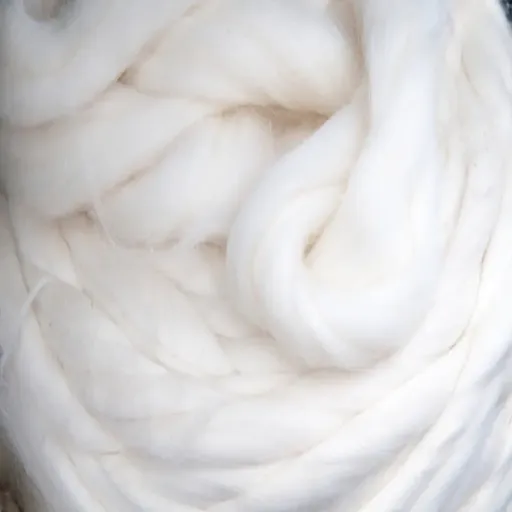
🌟 Softness
Known for its smoothness and silky luster, viscose fibers provide supreme comfort and are therefore ideal for creating soft, luxurious fabrics.
💨 Breathability
A fiber exhibits some degree of breathability by allowing air to pass through, which adds comfort in hot and humid conditions.
🎨 Absorbency
Viscose has the absorbency property, which allows for good dye absorption, resulting in deep, rich colors.
🔄 Versatility
It can appear and feel like a natural fiber, such as silk or cotton, and is used for various textiles.
🌍 Eco-Conscious Production
Although it has a non-sustainable profile, the production process is being developed to minimize its environmental impact.
🛡️ Durability
Although it is soft, viscose requires careful use to maintain its integrity, especially when wet, as it loses strength.
Texture and Feel: The Silk-like Quality
Viscose, due to its smooth, almost silky surface, has often been described as a cheaper alternative to silk. Due to this luxurious quality, any clothing created using viscose would be wonderfully elegant yet comfortable: dresses and blouses would be good examples. Recent searches and data insight provoke whether viscose can serve as a complete replacement for silk. However, while it shares the softness and sheen of silk, viscose does not withstand the wear and tear of real silk, nor does it resist moisture, even over time. That is to say: at least in many vernacular applications, viscose provides reasonably good value for money; on the other hand, silk remains the ultimate for high-end applications.
Breathability and Comfort of Viscose Fabric
In terms of breathability and comfort, viscose can genuinely be considered light and airy. Additionally, in light of recent search engine statistics, a significant number of consumers have inquired whether viscose is suitable for use in warm and humid climates. The answer is yes: viscose is a semi-synthetic material made mainly from natural sources, such as wood pulp, which makes it breathable and absorbent of moisture. This fabric wicks sweat away, providing comfort similar to cotton in comparable climatic conditions. However, it is essential to note that the ease of everyday wear can be adversely affected if the viscose fabric is too dense beneath synthetic finishes. As it stands, viscose remains a prime candidate for offering the best value in style and comfort.
Applications of Viscose Fibre
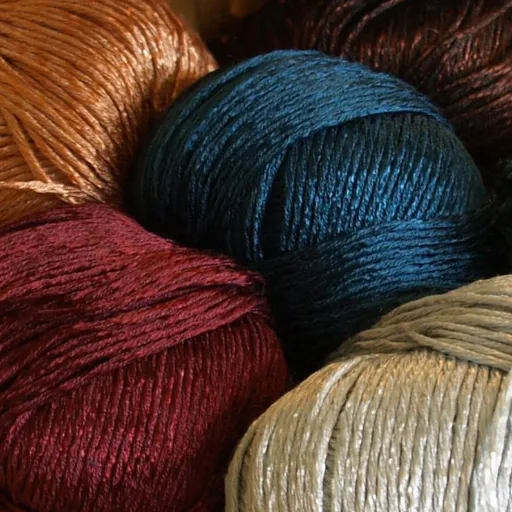
Viscose fiber is widely used in various industries due to its versatility and comfort. Some of the usual applications include:
- Apparel: Clothes made of viscose consist of dresses, blouses, linings, jackets, and suits. The softness and drape quality of viscose give these destructions life and character.
- Home textiles: Curtains, upholstery, and bed linens can be made using viscose, which is known for its smooth feel and attractive appearance.
- Industrial Uses: These are one of the primary applications of viscose, including tire cords, medical gauze, and disposable wipes. Its absorbent and durable features are the reasons for this.
- Blended Fabrics: These are mostly blended with fibers such as cotton, wool, and polyester to enhance fabric utility and reduce costs.
Fashion Industry Uses of Viscose
The viscose industry remains one of the primary consumers due to its versatility and economical pricing. Flowing dresses, blouses, and trousers are all made of it, manifolds providing an airy and comfortable feel for all seasons. With its ability to replicate the smooth texture of silk, viscose is sometimes the go-to fiber for achieving designer looks at a lower cost. They become ideal for bright and showy designs due to their exceptional dye retention ability; colors remain bold and vibrant even after multiple washes. The fibers can blend well with other fibers, such as cotton or elastane, to add stretchability and breathability, while also providing softness from a skinwear perspective. This combination makes them a core fiber for both casual and formal wear. Their varied use keeps it at the forefront of fashion, addressing the needs of both designers and consumers.
Home Textiles Made from Viscose
Items such as upholstery, home textiles, and curtains are increasingly becoming applications that depend on viscose due to its dual qualities of strength and luxury. A viscose fabric, being smooth and silk-like, increases the comfort of a room. Being moisture-wicking and breathable, it is an excellent choice for bed sheets and pillowcases that tend to sweat during hot times, providing a cool and comfortable feel. It glorifies colors that uplift home decorations into a brighter and inviting ambiance. With today’s designer-driven focus on functionality and styling, viscose remains a favorite among manufacturers for its versatility.
Environmental Impact of Viscose Fibre
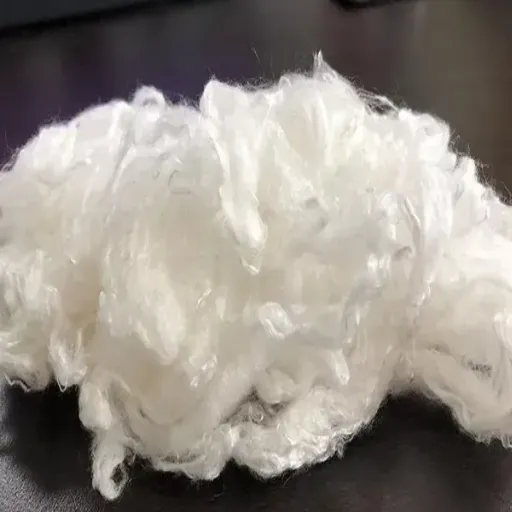
Viscose has a mixed environmental impact. While derived from renewable plant-based resources such as wood pulp, it can have serious ecological drawbacks. This manufacturing process often involves hazardous chemicals, such as carbon disulfide, which, if not adequately controlled, pose dangers to workers and the environment. Another adverse impact on the environment is the potential destruction of forests in cases where raw materials are unlawfully extracted, leading to scenarios of habitat loss and biodiversity degradation. Nevertheless, alternative and more sustainable approaches are now being adopted by some manufacturers, such as sourcing wood with certification and implementing a closed-loop production system designed to reduce emissions and waste.
Sustainability Concerns in Viscose Production
The sustainability issues in viscose production revolve around forest conservation, water pollution, and worker safety. It is crucial to address these environmental and social issues by adopting sustainable methods, such as the responsible sourcing of raw materials and the implementation of closed-loop production systems.
Efforts for Sustainable Sourcing
More industries are entering subsidization for sustainable sourcing for viscose production, all as a response to help overcome some of the environmental challenges. As such, many companies have pledged to buy raw materials from certified sustainable forests to avoid incidents of deforestation and habitat degradation. Moreover, novel technologies, such as closed-loop production systems, are also being ushered in to reduce water pollution and chemical waste. Organizations such as the Forest Stewardship Council (FSC) and the Sustainable Apparel Coalition are leading efforts through the provision of certification and guidelines for proper practices. These programs have enabled manufacturers to adopt global sustainability principles, characterized by increased transparency in their supply chains.
Reference Sources
Here are five research books and journals that can be considered professional and authoritative sources for verifying your article on “viscose fibre.” They are academic in nature or very credible in the research and production of viscose fibre:
- The Historical Development of and the Outlook for Viscose Fibres
This paper offers a comprehensive historical perspective on the development and significance of viscose fibers in the textile industry. - New Developments in Viscose Research—A Review
A thorough review of all advancements to the theory and technology of regenerated cellulose fibres, including viscose. - Towards Sustainable Viscose-to-Viscose Production: Strategies for Recycling of Viscose Fibres
This article provides an overview of strategies for recycling viscose fibers towards sustainable production. - Fake Silk: The Lethal History of Viscose Rayon
The book examines the history and consequences of viscose rayon production, considering both environmental and health aspects. - Industrial Scientific Research with Particular Reference to Exports
It considers the industrial and scientific advancements in viscose rayon production, with an emphasis on global trade and applications.
Frequently Asked Questions (FAQs)
What is viscose fibre?
Viscose fibre, also known as rayon, is a semi-synthetic cellulose fibre made from natural sources such as wood pulp or bamboo. It is produced through a viscose process, where cellulose is dissolved and regenerated into fibre form.
What are the main types of rayon?
The main types of rayon include viscose, modal, and lyocell. Viscose is the most common type, while modal and lyocell are known for their environmentally friendly production methods and are often considered more sustainable alternatives.
Is viscose biodegradable?
Yes, viscose is biodegradable due to its cellulose content, making it a more environmentally friendly choice compared to many synthetic fibers. It decomposes naturally, thereby reducing its environmental impact.
How is viscose produced?
The production of viscose involves dissolving cellulose using chemicals like caustic soda and carbon disulfide to create a viscous solution. This solution is then extruded through a spinneret to form fibres, which are later washed and dried.
What are the uses of viscose clothing?
Viscose clothing is popular for its soft feel, breathability, and drape. It is often used in garments such as dresses, blouses, and linings, providing a luxurious feel similar to cotton or silk.
Why is viscose considered a sustainable option?
Viscose is considered sustainable because it is made from renewable resources and can be produced using environmentally friendly practices. Moreover, certain types, such as lyocell, utilize a closed-loop process that minimizes chemical waste.
What are the advantages of using viscose fabric?
Viscose fabric is soft to the touch, breathable, and has excellent draping qualities. It is also versatile and can be used to create a wide range of products, making it a popular choice among viscose manufacturers.
What are the environmental concerns associated with viscose production?
While viscose is biodegradable, the production process can involve the use of harmful chemicals, such as carbon disulfide and sulfuric acid, which raise environmental concerns. However, advancements in technology are leading to more sustainable production methods.








